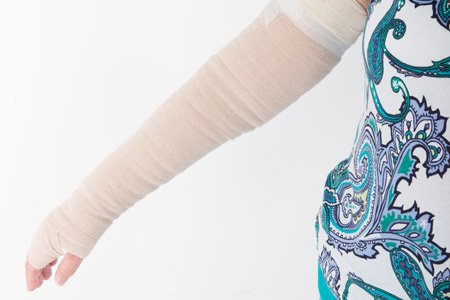Reconstructive procedures
Facial reconstruction
Facial appearance and function can be impacted by trauma, cancer, illness or surgery. Facial reconstruction can repair an injury to the face, including lacerations, facial bone fractures and facial nerve repair.
Facial re-animation, (smile surgery), restores the ability to smile and can include nerve transfers/grafts or the transfer of muscle from one to another area of the body. Smile surgery can also improve speech.
Migraine surgery
This surgery aims to reduce or prevent migraines in men and women suffering from chronic migraine or nerve compression headaches. The procedure targets the release of nerve compression, or “trigger” points in the face, head and neck area.
Breast reconstruction
After a mastectomy (surgical removal of one or both breasts), women can elect to undergo reconstruction of the breast mound.
There are several options for breast reconstruction, including implant-based reconstruction and autologous reconstruction (using the patient’s own tissue). Options depend on your unique situation and treatment. Although reconstruction is usually performed at the time of mastectomy in most patients, it can also be performed on a delayed basis.
Lymphedema reconstruction
Lymphedema occurs when normal lymphatic flow is interrupted and fluid is retained in the tissue, which can result after surgical removal of lymph nodes in that area related to cancer. Radiation, trauma or infection are additional potential causes of lymphedema.
Patients often experience swelling, a feeling of heaviness or pain, and recurrent infections of the affected limb. Reconstruction of the lymphatic system uses microsurgical and super-microsurgical techniques.